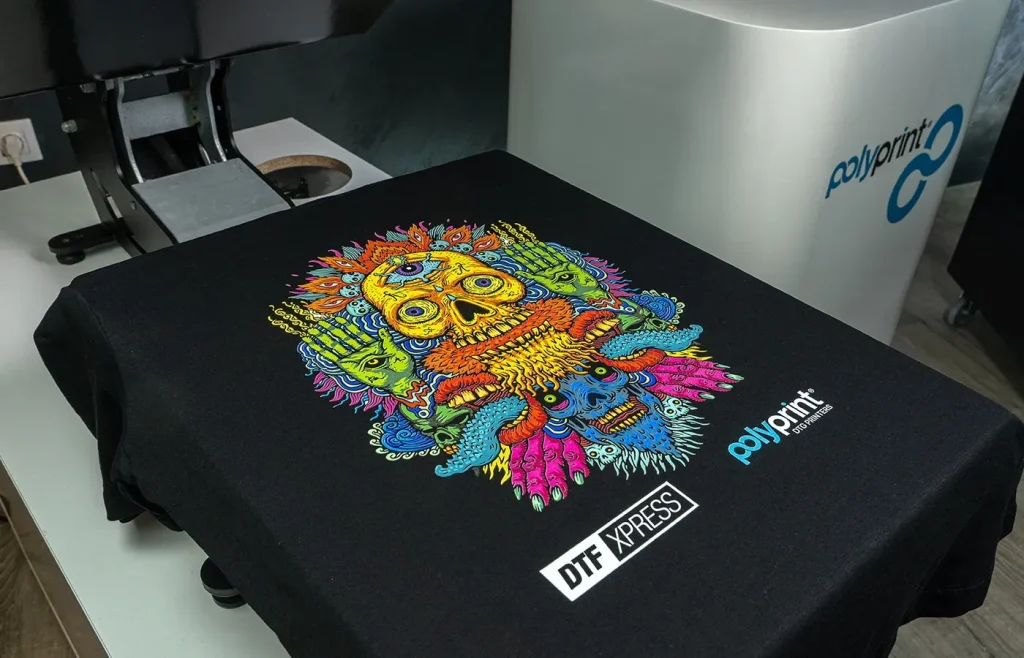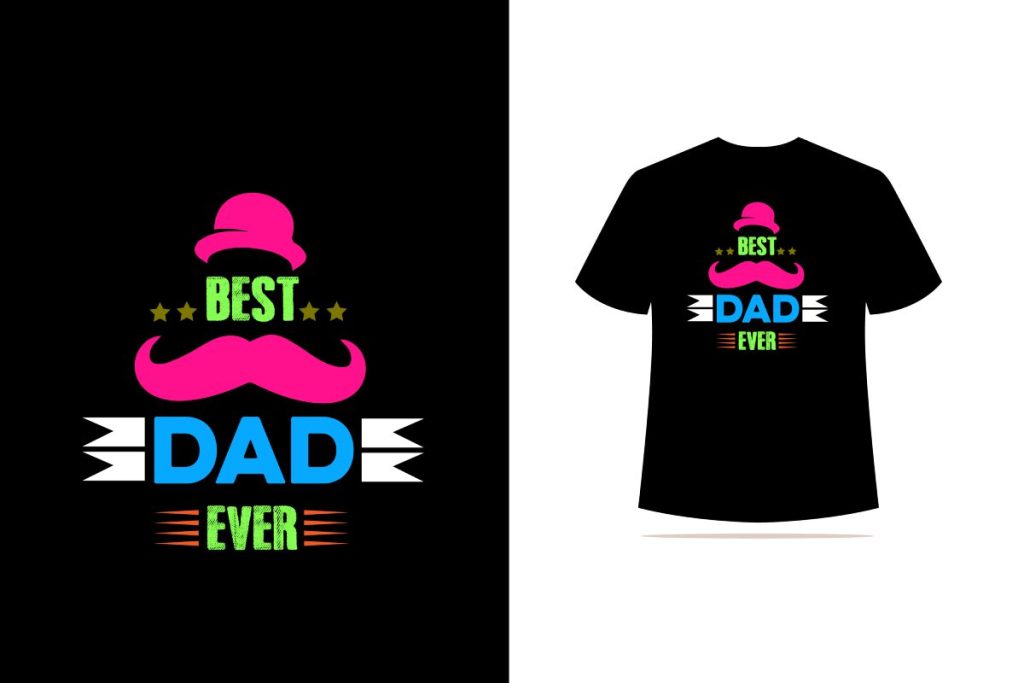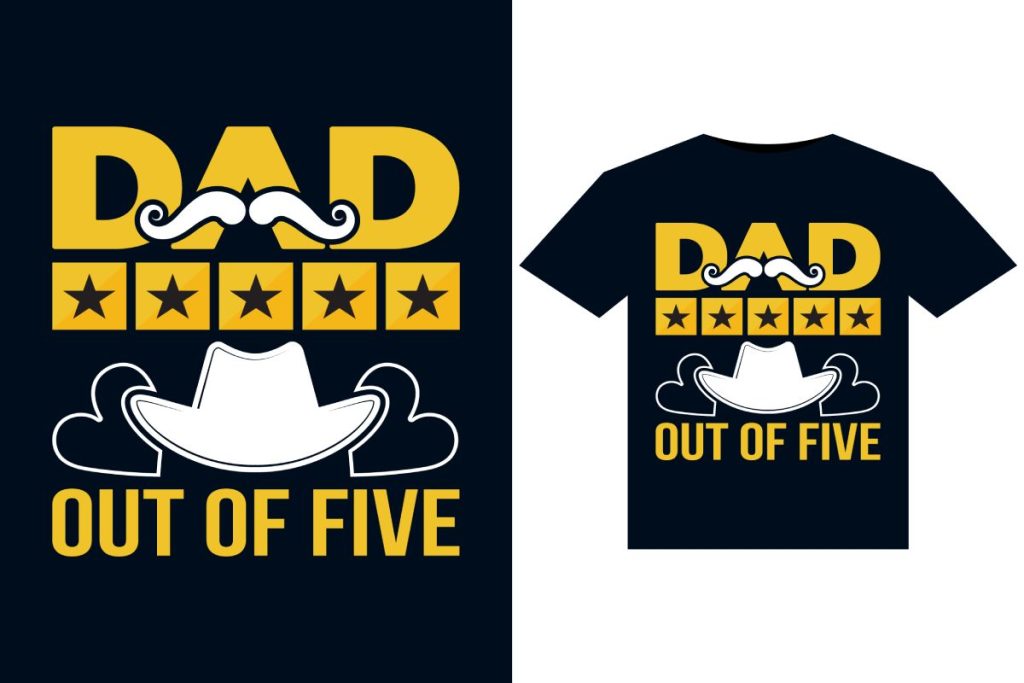DTF printing, or Direct to Film Transfer, has quickly become a favorite within the textile industry for its ability to produce stunningly vibrant designs on a variety of fabrics. This innovative printing technology leverages a unique process that combines high-quality water-based inks with a special adhesive, allowing for seamless transfers that maintain the integrity of the fabric. Among the many DTF printing benefits, its eco-friendly approach stands out, significantly reducing waste compared to traditional methods while still delivering fantastic results. As businesses and creative enthusiasts alike seek the best printing methods available, the versatility and efficiency of DTF printing put it at the forefront of textile applications. In this exploration of DTF printing, we will dive into its revolutionary technology, sustainability impacts, and the unique advantages it offers over competitors.
In recent years, Direct to Film printing has emerged as a cutting-edge technique in garment printing, transforming how designs are applied to textiles. This method, often referred to as DTF transfer technology, focuses on direct application, ensuring that prints are both striking and durable. As the market increasingly prioritizes sustainable printing solutions, DTF stands out due to its reduced environmental footprint and resource efficiency. Not only does this printing technique allow for intricate designs that appeal to a broad audience, but it also caters to modern consumer demands for customization and quality. Through this guide, we will examine DTF printing from various angles, shedding light on its numerous advantages and positioning it as a viable alternative to more traditional printing practices.
The Advantages of DTF Printing Technology
DTF printing technology has transformed the landscape of textile printing with its numerous advantages over traditional methods. One of the most significant benefits is the ability to achieve vibrant, high-quality prints on various fabric types. Unlike screen printing, which requires separate screens for each color, DTF printing allows for detailed multi-color designs to be printed in a single pass. This capability not only enhances the efficiency of the printing process but also expands creative possibilities for designers.
Additionally, DTF printing technology supports small batch productions, making it ideal for custom orders and one-off designs. This flexibility appeals to independent designers and small businesses that may not need large quantities of products. Furthermore, the use of water-based inks in DTF printing means that prints are not only visually appealing but also environmentally friendly, contributing to a more sustainable approach in the textile printing industry.
Sustainable Practices in DTF Printing
As sustainability becomes increasingly important in every sector, DTF printing stands out as a conscientious choice due to its eco-friendly practices. The process generates significantly less waste compared to traditional printing methods, such as screen printing and sublimation. Moreover, the water-based inks used in DTF printing reduce harmful emissions, promoting a healthier environment both for operators and consumers alike.
Furthermore, the minimal resource consumption in the DTF printing process highlights its commitment to sustainability. By using less adhesive and energy—thanks to efficient curing methods—DTF printing aligns with global efforts to minimize carbon footprints. This practice not only benefits the planet but also encourages businesses to adopt more responsible methods, attracting an environmentally conscious consumer base.
Comparing DTF Printing with Other Methods
Direct to Film printing proves to be a formidable competitor among various printing methods such as sublimation and traditional screen printing. Each technique has its strengths, but DTF takes the lead in versatility and adaptability, allowing for prints on a broader range of materials, including cotton and blends. In contrast, sublimation is typically limited to polyester fabrics, making DTF printing a more attractive option for fabric businesses aiming to expand their product offerings.
Moreover, the detailed comparisons of these methods reveal that DTF printing offers a more user-friendly approach for beginners entering the world of fabric printing. Unlike screen printing, which requires significant setup and expertise with multiple screens, DTF printing simplifies the process by eliminating the need for physical screens and allowing designs to be printed directly onto a film for easy transfer.
Getting Started with DTF Printing: Essential Tips
For those eager to dive into DTF printing, getting started involves understanding the essential equipment and techniques that ensure successful prints. Investing in a quality DTF printer is a crucial first step. It is also beneficial to familiarize oneself with the various films and inks available on the market; utilizing high-quality materials significantly affects the final print’s vibrancy and durability.
Additionally, it’s encouraged to engage with the DTF community through forums, workshops, and online tutorials. Many experienced users share valuable insights that can quickly elevate a novice’s skills. Learning about the importance of proper heat settings, adhesive application techniques, and common troubleshooting methods can drastically reduce the learning curve and lead to more successful outcomes with each print.
Understanding the Pros and Cons of DTF Printing
Like any printing technique, DTF printing comes with its own set of advantages and challenges that potential users should consider. The high-quality, vibrant prints produced by this method are undeniably appealing, with a depth of color and detail that captivates consumers. Additionally, the durability of DTF prints makes them ideal for apparel, as they can withstand multiple washes without fading or losing their integrity.
However, while the benefits are significant, the initial costs of setting up a DTF printing operation can be a barrier for some individuals. Equipment costs, including the printer and heat press, along with ongoing supplies like films and adhesives, can add up quickly. Additionally, new users often face a steep learning curve to master the process, particularly in perfecting adhesive applications, which are crucial for achieving a successful transfer.
The Future of DTF Printing: Trends and Innovations
As the printing industry evolves, DTF printing is poised for exciting advancements and increased adoption across various sectors. The introduction of state-of-the-art DTF printers, such as those showcased by xTool and Insta Graphic Systems, signals a trend toward greater customization and efficiency in printing technology. These developments not only offer enhanced print quality but also inspire creativity among designers and crafters.
Looking ahead, the integration of DTF printing with e-commerce platforms and customization services is expected to proliferate. With more print-on-demand services emerging, consumers will have the opportunity to design unique apparel without the constraints of minimum order quantities. This transformative shift towards personalization is likely to reshape the textile landscape, making DTF printing an essential tool in the future of fashion and design.
Frequently Asked Questions
What is DTF printing and how does it work?
DTF printing, or Direct to Film printing, is a modern technique that transfers designs onto textiles using a special film. The process involves printing designs onto the film with water-based inks, applying an adhesive powder, and heat-pressing the film onto the fabric. This results in vibrant and durable prints, making DTF printing a popular choice in the apparel industry.
What are the benefits of using DTF printing technology?
DTF printing technology offers numerous benefits, including high-quality prints with intricate designs and vibrant colors. It is versatile, allowing printing on various fabrics, and produces long-lasting prints that resist fading and washing. Additionally, DTF printing is eco-friendly, using water-based inks that contribute to sustainable printing practices.
Is DTF printing suitable for small-scale production?
Yes, DTF printing is ideally suited for small-scale production and custom prints. Its ability to cater to low volume runs makes it perfect for small businesses and creative crafters looking to produce unique items without the limitations of traditional printing methods like screen printing.
How does DTF printing compare to other printing methods?
Compared to other printing methods, DTF printing stands out for its versatility and adaptability on various fabrics. Unlike sublimation, which works best on polyester, DTF printing can be used on cotton and blends. While screen printing is limited by design complexity, DTF allows for intricate details and vibrant colors, making it a favorable option for many.
What are some common applications of DTF printing in apparel?
DTF printing is commonly used for creating custom t-shirt designs, promotional apparel, sportswear, and fashion items. Its versatility allows it to produce high-quality graphics and intricate patterns, making it popular among designers and businesses looking for unique textile printing solutions.
What learning resources are available for beginners in DTF printing?
Beginners in DTF printing can benefit from various learning resources, including video tutorials and online workshops that cover equipment, techniques, and troubleshooting. Joining community forums and groups focused on DTF printing can also provide valuable insights and tips from experienced users.
| Key Points | Details |
|---|---|
| What is DTF Printing? | A method for transferring designs onto textiles, utilizing water-based inks for sustainability. |
| Process of DTF Printing | Involves printing on film, applying adhesive, and heat pressing onto fabric for vivid, durable prints. |
| Rise in Popularity | Ideal for small runs, features intricate designs, and caters to both professionals and hobbyists. |
| Recent Innovations | New DTF printers and technologies push the boundaries of customization and quality in printing. |
| Sustainability Benefits | Less waste and eco-friendliness due to water-based inks, aligning with global sustainability goals. |
| Comparison with Other Techniques | Versatile and adaptable compared to sublimation and screen printing, making it favored among crafters. |
| Getting Started | Video tutorials and community support help newcomers learn and avoid common mistakes in DTF printing. |
| Pros and Cons | Pros: High quality, versatility, durability, eco-friendliness. Cons: Equipment cost, learning curve, adhesive application challenges. |
Summary
DTF Printing is revolutionizing the textile printing industry by providing innovative solutions for connecting designs with fabric. This modern technique offers vibrant, high-quality prints while being mindful of environmental concerns. As more companies adopt DTF printing, it becomes clear that its advantages, such as durability, versatility, and reduced waste, are unmatched compared to traditional methods. As industries evolve to favor sustainability and customization, understanding the nuances of DTF printing becomes central to success in the ever-changing print market.



